As professionals in our field, we understand the impact that accumulated technical debt can have on the stability, maintainability, and future growth of projects. It is essential for us to address this challenge head-on and employ proven strategies to mitigate its effects.
One of the biggest issues our clients face is technical debt. Technical debt refers to the accumulated shortcuts, compromises, and suboptimal code that result from quick fixes and rushed development cycles. Over time, this debt can accumulate and hinder productivity, maintainability, and innovation. We often find this in legacy systems - the older, often outdated software systems that are still in use within some organisations. These systems are typically built on older technologies, programming languages and can no longer widely be supported or maintained.
However, with a proactive and strategic approach, organisations can successfully tackle technical debt and pave the way for software excellence.
How to Tackle Technical Debt:
The first step in tackling technical debt is recognising its existence. Acknowledging that technical debt is a natural part of software development helps create a culture of awareness and responsibility. By encouraging open discussions about the trade-offs made during development and the long-term consequences, teams can gain a better understanding of the debt they have accrued.
Not all debt is created equal. Once technical debt is acknowledged, it's crucial to prioritise its reduction. Some areas of debt may have a more significant impact on the system's stability, performance, or future development efforts. Prioritisation techniques, such as the MoSCoW method (Must-have, Should-have, Could-have, Won't-have), can help identify critical areas that require immediate attention.
Next, it's time to focus on refactoring and code improvement. Refactoring is a powerful technique to address technical debt systematically. It allows us to clean up our code without changing its behaviour. It's like tidying up a messy room, making it easier to find things and keeping it organised.
By refactoring code, developers can enhance its structure, readability, and maintainability without changing its external behaviour. Refactoring eliminates duplication, simplifies complex code, and introduces design patterns to improve the codebase's overall quality. Embracing continuous refactoring as a standard practice can prevent debt from accumulating and ensure ongoing codebase health.
Code reviews are not only a means of catching bugs but also an opportunity to identify and address technical debt. By instituting regular and collaborative code review practices, teams can leverage the expertise of their peers to spot debt-related issues. Code reviews encourage discussions about code quality, best practices, and alternative solutions, fostering a collective responsibility for reducing technical debt.
Robust testing practices and continuous integration (CI) play a vital role in battling technical debt. Automated tests ensure that changes and fixes do not introduce new issues or regressions. By integrating automated testing into the CI pipeline, businesses can catch problems early, maintain a stable codebase, and prevent the accumulation of debt caused by undetected bugs or faulty code.
"Left unchecked, technical debt will ensure that the only work that gets done is unplanned work!"
-Gene Kim (WSJ Bestselling Author & DevOps Researcher)
Tackling technical debt is an iterative process that aligns well with agile development methodologies. By breaking down complex tasks into smaller, manageable units, development teams can address debt incrementally while still making progress on new features. This approach allows for continuous improvement while balancing competing priorities and ensures that technical debt doesn't impede innovation. Leveraging modern tools and technologies, such as the Microsoft Power Platform, can significantly aid in tackling technical debt.
How can we help?
This is where we come in. As a leading Power Platform digital transformation specialist, at Ingentive, we work closely with our clients to understand their unique needs and challenges. Based on this understanding, we develop customised low-code solutions tailored to your specific requirements. Our team of experts have extensive experience in developing applications that are user-friendly, efficient, and scalable and have worked with some of the biggest brands in the UK and beyond. We use an eco-system of the latest Microsoft Technology and build around you - celebrating each client’s uniqueness and filling in the app gap, while also offering managed support and training.
The Power Platform is a game-changer for organisations looking to streamline their operations, automate workflows, and gain valuable insights from their data. With its low-code tools and pre-built connectors to a wide range of data sources and applications, it's never been easier to build custom applications that solve everyday business problems without the messy and extensive coding knowledge. And at Ingentive, we are committed to helping our clients achieve their business objectives by leveraging the full potential of the Power Platform.
We believe that creating a culture of continuous learning and knowledge sharing is essential in combating technical debt, and understanding how to get the most out of your solutions. We encourage developers to stay updated with industry trends, participate in our workshops, and share their knowledge within their teams to foster a proactive mindset to stay ahead of the curve.
So, fellow developers, let's embark on this thrilling adventure of tackling technical debt. With a positive mindset, prioritisation, refactoring, code reviews, modern tools, and collaborating with Ingentive, we can conquer technical debt together. Here's to a future of cleaner code, smoother workflows, and limitless possibilities.
Want to get in touch?
As a Microsoft FastTrack Ready Partner with extensive industry and technology experience, we help organisations to improve productivity. We are uniquely placed to drive the adoption of Microsoft Technologies and level up your organisations way of working using your use cases!
If you want to find out more information on using Power Platform to automate your processes, get in touch!


